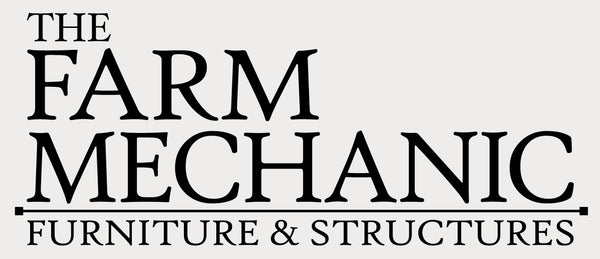
Is it Tariffs, Weather, or Just Showroom Sameness?
Everyone talks about rising costs and unpredictable seasons. But the bigger challenge may be what buyers see when they walk the floor: endless repetition, muted palettes and predictable silhouettes. The industry’s future belongs to those willing to break the pattern.
Each market season, industry headlines circle back to the same culprits: Tariffs. Shipping costs. Global supply chain disruptions. A summer that never warmed up, or a fall that turned too quickly to cold. These external forces shape the landscape — they alter margins, complicate planning and push retailers to hedge bets.
But walk the aisles at market — step inside showroom after showroom — and another explanation rises quietly to the surface. It isn’t about tariffs, or weather, or freight. It’s about sameness. A sea of products that blur together until the distinction between brands nearly vanishes. And that sameness may be the industry’s bigger problem.
The Familiar Excuses
Yes, tariffs and trade policy matter. They raise costs for manufacturers, which ripple downstream to retailers and buyers. Weather, too, plays a role — a cool spring can delay outdoor purchases, a rainy summer can suppress foot traffic.
These conditions are real, but they don’t explain why so many buyers leave market feeling uninspired — why the buzz, the sense of discovery, can feel muted.
The Bigger Issue: A Sea of Sameness
Walk any major market floor and patterns emerge:
- Sectionals in the same muted gray weave.
- Dining sets in nearly identical silhouettes.
- Cushion palettes that barely deviate from cream, taupe, or navy.
For buyers, the experience becomes déjà vu. Each showroom presents options that feel like variations on the same theme rather than new ideas. Even collections that are well-built, thoughtfully engineered, or fairly priced struggle to stand out when they look interchangeable with their neighbors.
Sameness acts like fog. It dulls excitement. It erases memory. It makes it difficult for buyers to recall what they’ve seen — or why they should care.
Why It Matters
For retailers: Differentiation is survival. Customers don’t want another generic sofa; they want discovery, inspiration, something to talk about.
For designers: Furniture isn’t just furniture — it’s part of the atmosphere of a home, hotel, or resort. Generic pieces lead to generic spaces.
For hospitality buyers: Guests remember spaces that feel singular. They don’t remember the sofa that looks like every other sofa.
When every showroom looks the same, price becomes the only lever. And that pushes the industry toward a race to the bottom — shrinking margins, eroding loyalty and losing the narrative of value.
Where Opportunity Lies
The good news? Opportunity exists for those willing to break free of safe repetition:
Craft and material stories: Highlighting wood grain, joinery, or finishes that tell a process-driven story.
Distinct silhouettes: Forms that spark curiosity and create visual memory.
Storytelling in showrooms: More than rows of product — narratives that frame the collection, from who made it to why it was designed.
Sustainability with integrity: Buyers increasingly care about how products are made. Clear, authentic messaging builds trust.
Markets are crowded, but memory is selective. Showrooms that embrace risk and distinction are the ones that stay with buyers long after the event ends.
Tariffs and weather are part of the business. They always will be. But the deeper challenge may be one of the industry’s own making: too many showrooms look alike. Too many collections lean on safe choices instead of bold ones.
The future belongs to brands that reject sameness — those willing to take risks, embrace difference and offer buyers something they haven’t already seen a dozen times. Buyers aren’t just hungry for new product. They’re hungry for what feels fresh, authentic and memorable.
Until the industry reckons with that truth, no amount of tariff relief or perfect weather will bring back the spark that makes a market feel alive.
